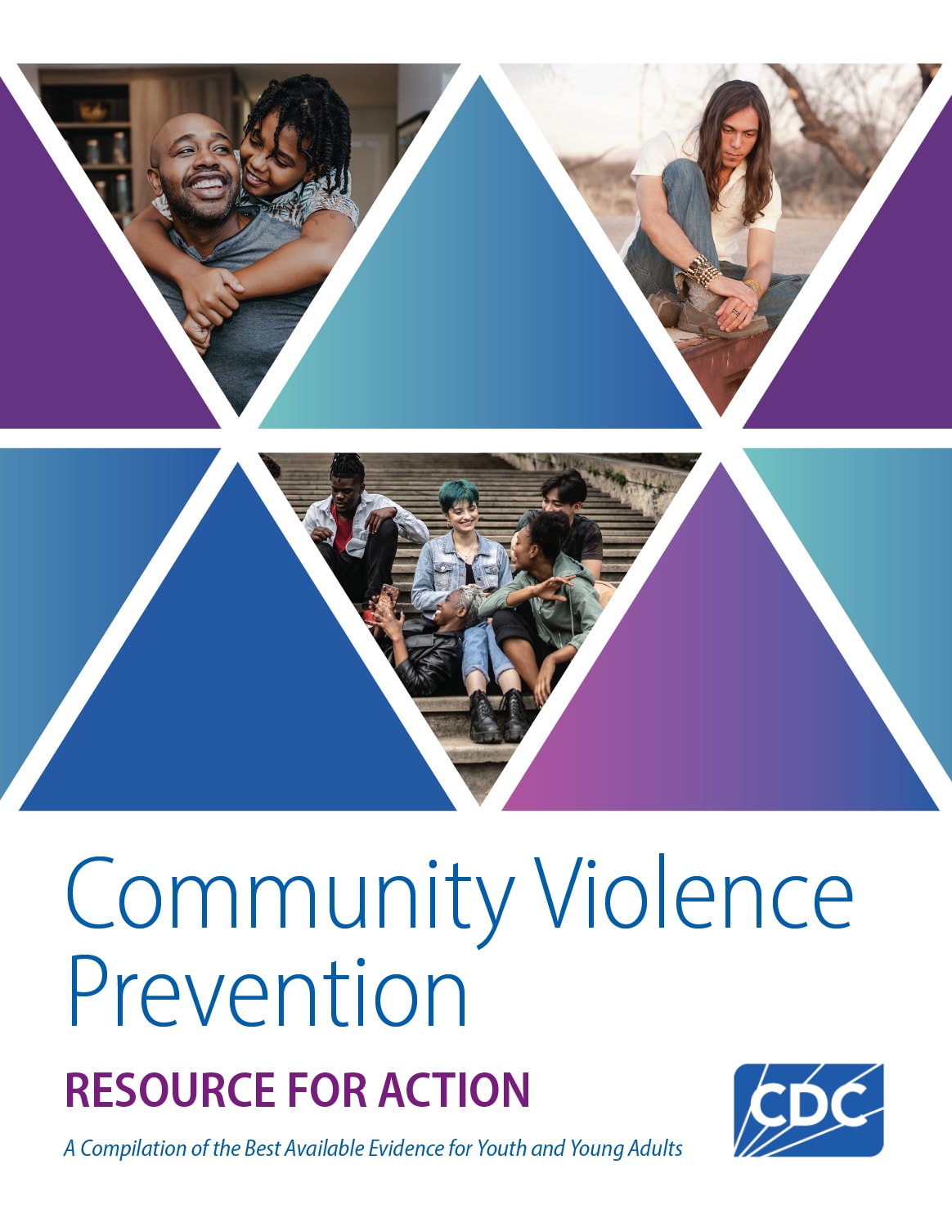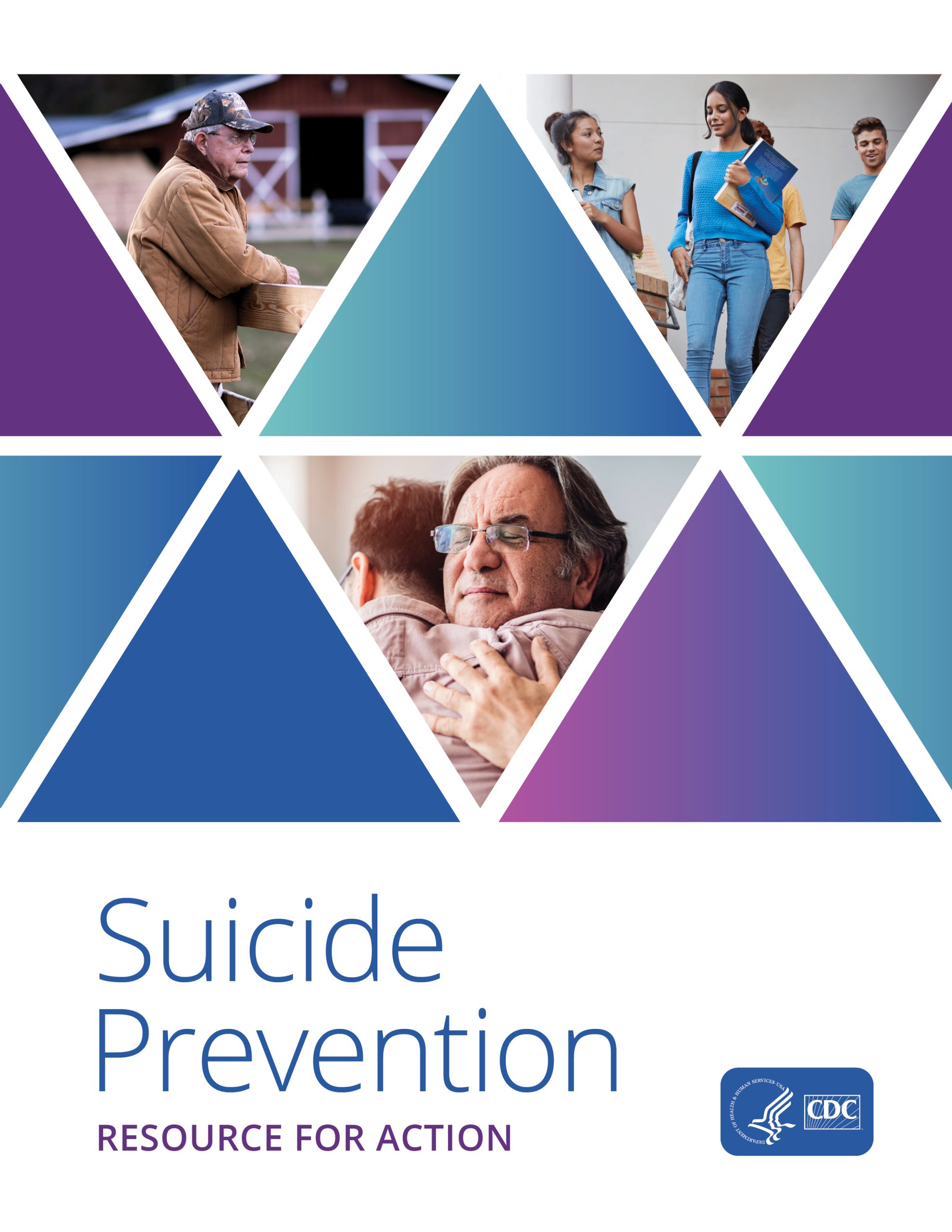What to know
CDC developed Prevention Resources for Action, formerly known as technical packages, to help states and communities take advantage of the best available evidence to prevent violence. The titles of these documents changed in July 2023 to align with other prevention resources being developed by CDC’s Injury Center.
Purpose
A Prevention Resource for Action is a select group of strategies based on the best available evidence to prevent or reduce public health problems like violence. They can help improve the health and well-being of communities. A Prevention Resource for Action has three parts.
- Strategy: The strategy lays out the direction or actions to achieve the goal of preventing violence.
- Approach: The approach includes the specific ways to advance the strategy. This can be accomplished through programs, policies, and practices.
- Evidence: The evidence for each of the approaches in preventing violence or its associated risk factors is included as the third component.
CDC's former Director Dr. Tom Frieden named Prevention Resources for Action, formerly known as technical packages, as one of the six key components for effective public health program implementation. He wrote in the American Journal of Public Health that:
The most effective public health programs are based on an evidence-based technical package...A technical package of proven interventions sharpens and focuses what otherwise might be vague commitments to "action" by committing to implementation of specific interventions known to be effective. It also avoids a scattershot approach of using a large number of interventions, many of which have only a small impact.
Each Prevention Resource for Action is intended as a resource to guide and inform prevention decision-making in states and communities.
Usage guidance
A group of CDC expert scientists reviewed the prevention literature and considered the best possible evidence available. They selected a group of strategies to prevent violence from happening in the first place or to lessen harms and prevent future risk. The group identified approaches that states and communities could implement to advance the strategies and also described how various sectors could support implementation. The resources were then reviewed by grantees/funded partners, federal partners, and other groups working to prevent violence.
The strategies and approaches in the Prevention Resources for Action are intended to impact individual behaviors as well as the relationship, family, school, community, and societal factors that influence risk and protective factors for violence. They are intended to work together and to be used in combination in a multi-level, multi-sector effort to prevent violence.
Sectors vital to the implementation of these packages include education, government, social services, healthcare services, business, justice, housing, foundations, and faith-based organizations.
Prevention Resources for Action


Implementation
Implementation is the process of taking action to put a plan into practice in order to bring about the desired result. Violence Prevention in Practice focuses on taking action to select and implement the strategies in the Division of Violence Prevention's Prevention Resources for Action. The resource is designed to support state and local health agencies and other stakeholders who have a role in planning, implementing, and evaluating violence prevention efforts.
Violence Prevention in Practice is organized into sections that are each focused on one phase of implementing a violence prevention plan:
- Planning— assessing needs, resources, and capacity, and creating a comprehensive plan.
- Partnerships— identifying and engaging stakeholders.
- Policy Efforts— identifying potential roles for public health in the policy process.
- Strategies and Approaches— choosing strategies and approaches that are likely to prevent violence.
- Adaptation— changing approaches to fit needs while still producing intended outcomes.
- Implementation— putting your plan into action.
- Evaluation— tracking and measuring outcomes.
Each section also has corresponding tools, stories, tip sheets, and resources, related to that phase of implementation.
Comprehensive violence prevention means addressing multiple factors that influence violence and engaging multiple sectors, such as public health, government, and business. A comprehensive violence prevention plan includes a mix of strategies and approaches that address several risk and protective factors and how these factors affect people, communities, and society. In combination, the strategies in the Prevention Resources for Action are intended to change norms, environments, organizations, and behaviors in ways that prevent violence or modify the factors that increase or buffer against the risk for violence.
